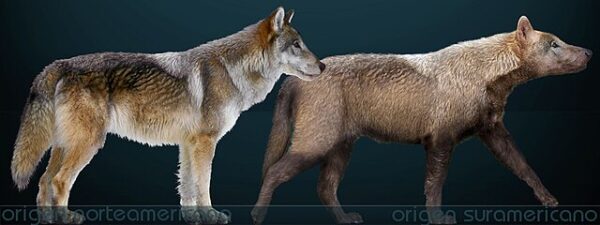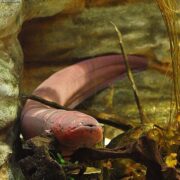
In a remote wildlife preserve somewhere in the American interior, two pale-furred wolf pups—Romulus and Remus—move warily through the tall grass, their eyes sharp and posture alert. They are joined by a younger sister named Khaleesi. At first glance, they resemble ordinary wolf cubs. But their existence marks a profound scientific threshold. These animals are, in essence, genetic replicas of the dire wolf—Canis dirus—a Pleistocene predator thought to have vanished over 10,000 years ago, according to a new report from Time Magazine.
Their birth is the product of Colossal Biosciences, a Texas-based biotechnology firm whose ambitions extend beyond conservation toward something more radical: the resurrection of extinct species. Earlier this year, the company announced it had reconstructed the dire wolf genome by modifying the DNA of gray wolves, using fragments recovered from ancient remains. The embryos were implanted into domestic dogs, delivered via cesarean section, and raised in isolation on a sprawling 2,000-acre research compound.
Though raised by humans, the pups are no mere curiosities. Handlers describe them as cautious and solitary, with behavioral traits—stalking, howling, and territoriality—that suggest a deeper inheritance from their Ice Age ancestors. They are not tame. They do not seek human affection. And while they cannot yet survive unaided in the wild, they are not entirely captive either. They inhabit a strange middle ground: between extinction and life, between myth and modernity.
A Genetic Frontier
Colossal, founded in 2021, casts its work not simply as speculative science but as an ecological responsibility. With biodiversity collapsing and climate-driven extinctions accelerating, the company argues that humanity has a moral obligation to repair what it has broken. Its portfolio includes projects to revive the woolly mammoth, the dodo, and the thylacine (Tasmanian tiger). A recent prototype—a “woolly mouse,” engineered to mimic mammoth traits—hints at what may come next. The company’s goal: a viable, mammoth-like calf by 2028.
For Colossal’s founders—CEO Ben Lamm and evolutionary biologist Beth Shapiro—the pursuit is not just technological, but philosophical. “We are an evolutionary force,” Shapiro says. “And that means we have a responsibility.”
Scientific Promise, Ethical Peril
Yet the project raises profound ethical and ecological questions, writes BBC. Can cloned animals thrive in ecosystems radically altered from those their ancestors once inhabited? Are they truly “revived” if they can only exist under human management? Critics warn of unintended consequences—from health problems in genetically altered animals to the moral hazards of using surrogate species in cloning experiments.
Some bioethicists argue that such efforts risk turning conservation into spectacle—pursuing spectacle over sustainability. Others question whether resources might be better spent protecting existing species, rather than attempting to resurrect long-lost ones.
Impacts on Conservation Today
Still, the techniques developed by Colossal may have applications in present-day conservation. In addition to the dire wolf project, the company has successfully cloned four red wolves, a critically endangered species once native to the southeastern United States. With fewer than 20 known individuals remaining in the wild, these so-called “ghost wolves” were recreated using hybrid canids that carry red wolf DNA. By reintroducing genetic diversity, Colossal aims to stabilize—and perhaps eventually rebuild—this fragile population.
Between Memory and Reality
Whether Romulus, Remus, and Khaleesi will ever be released into the wild remains an open question. For now, they exist in a secure enclosure, their lives carefully monitored. But their mere existence alters the premise of extinction. No longer an irreversible loss, it now appears—at least in certain cases—as a technological problem to be solved.
These creatures may never again stalk mammoths across frozen plains. But their return marks a turning point: a moment when humans moved from chroniclers of extinction to potential agents of reversal. The implications are as extraordinary as they are uncertain.
And yes, it’s true, dire wolves have returned before George R.R. Martin has been able to finish The Winds Of Winter.
[Read More: Researchers Discover Something Amazing At Mt. Vernon]









